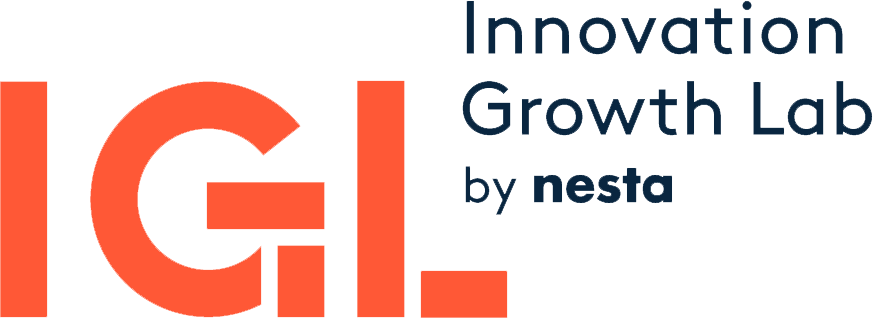Women are underrepresented in patenting and the gap is not closing quickly. One major roadblock to progress is a dearth of causal evidence on the potential effectiveness of policies to reduce the gender gap in patenting. Analyzing a randomized control trial at the United States Patent and Trademark Office that was designed to provide additional help to applicants who do not have legal representation, we find heterogeneous causal impacts across gender and technologies on the probability of obtaining patent rights. While both men and women applicants benefited, the probability of obtaining a patent was about 11 percentage points greater for women, and the effects were largest for U.S. inventors, new U.S. inventors, and in technology areas where women had the worst relative outcomes. Our results suggest that a portion of the gender gap in patenting could be eliminated through additional assistance during patent examination.
